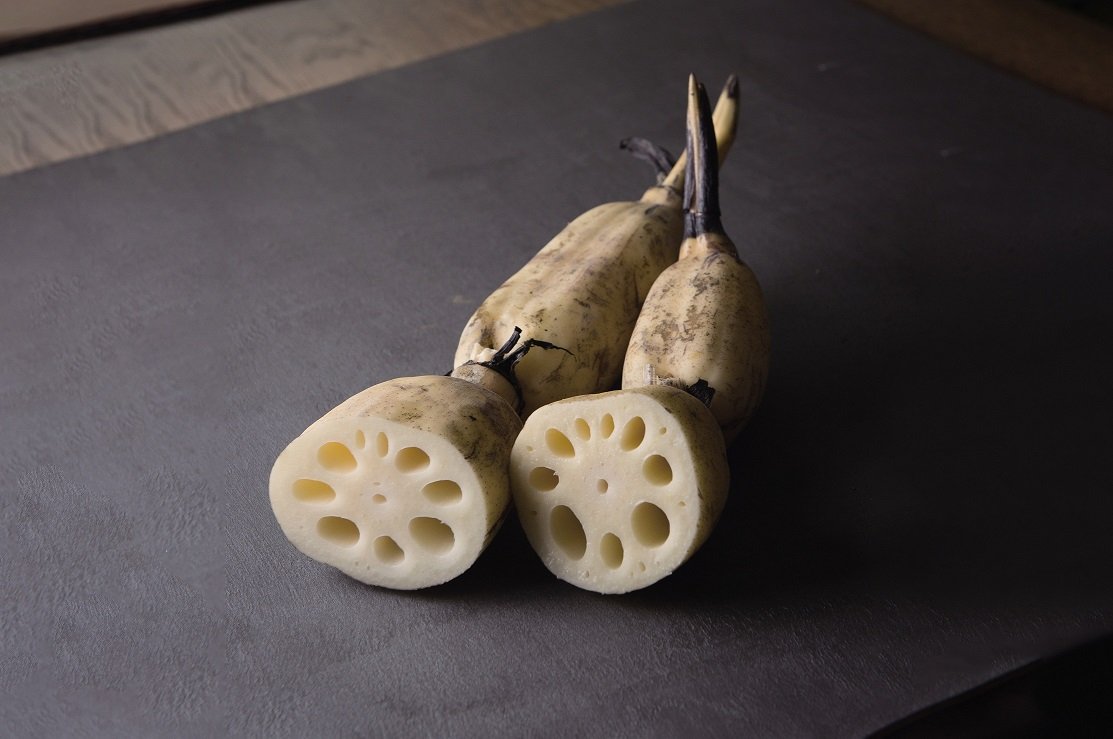Okuchi Renkon
| Registration Number | 109 |
|---|---|
| Name of the GI | Okuchi Renkon |
| Class | Vegetables/ Cereal grains/Pulses |
| Date of Protection | 2021/05/31 |
| Producing Area | Niigata Prefecture |
| Applicant - Name and Address | Okuchi Renkon Seisan Kumiai (Okuchi Renkon Producers Association) Nankan-Minami Agricultural Center, JA Echigo Chuetsu 773 Nakanoshima, Nagaoka City, Niigata Prefecture |
Producing Area
"Okuchi Renkon" is a lotus root, shipped under strict control thus having no damage and no mud inside holes. It is characterized by a whitish flesh with strong resistance against darkening when being cooked.
It is highly rated for the darkening-resistant white, crunchy and firm texture as well as its sweetness, umami and tasty flavor.
For "Okuchi Renkon", varieties selected by the producers association based on aptitude of cultivation in the production area are used.
It is cultivated by using Renkon seeds that are intact, disease-free and with full apical shoots collected within the production area. Groundwater in the area is used as the water source. The water temperature is controlled by deep water management, especially in the early stages of planting. In principle, it is harvested on the day of shipping or the day before. Shipment standards require that the products be free of disease, pests, injury and other damages and have no mud in the holes of the lotus root.
Lotus root is a megatherm plant, hence the northern limit for commercial production was considered to be Ibaraki and Tochigi Prefectures. The production area of Okuchi Renkon is located north of this limit, but production is possible due to warm groundwater. Gas fields and hot springs have been developed there for a long time.
The name "Okuchi Renkon" is derived from the former village's name "Okuchi", where lotus root cultivation began in 1923.
In 1968, a production organization was established and has worked to improve the quality of the product together with the administrative government. As of 2020, there are 72 producer households with a cultivated area of approximately 70ha, a production volume of approximately 1,000 tons, and sales of approximately 500 million yen, making it the largest production area of lotus roots in northern Japan.


